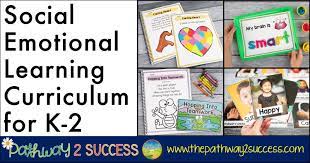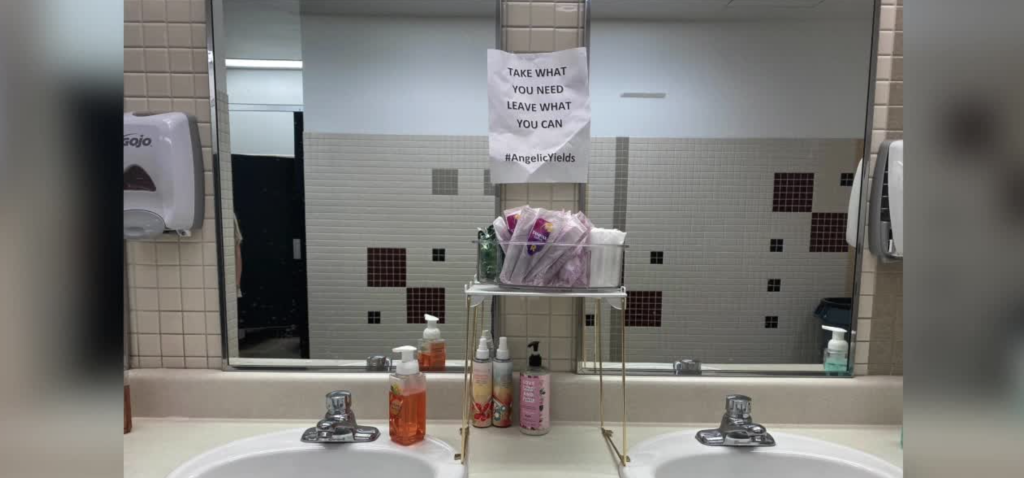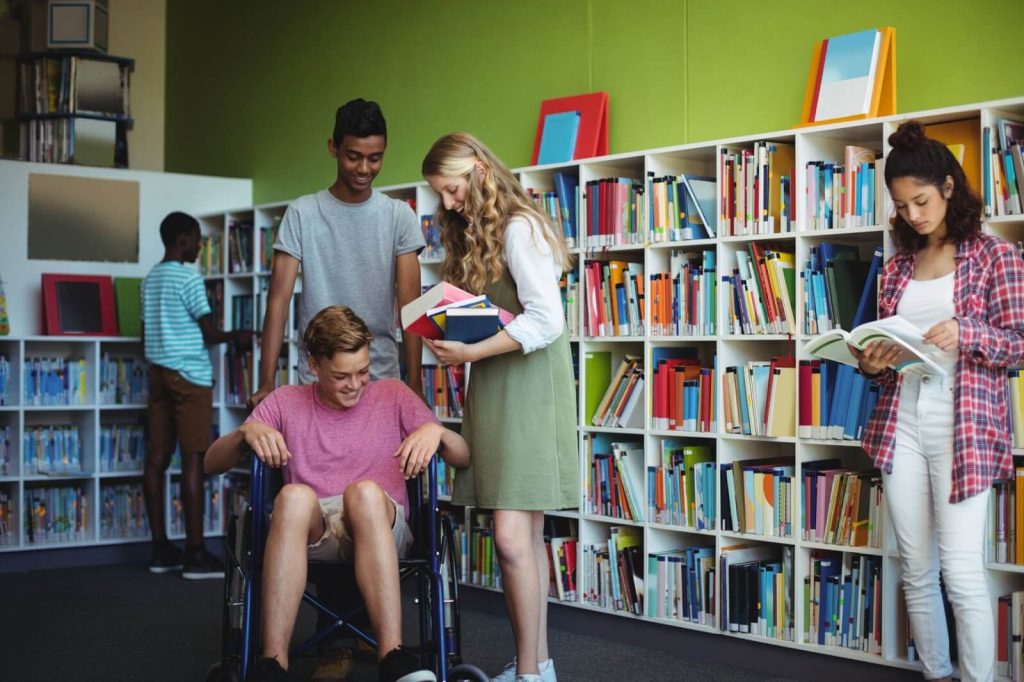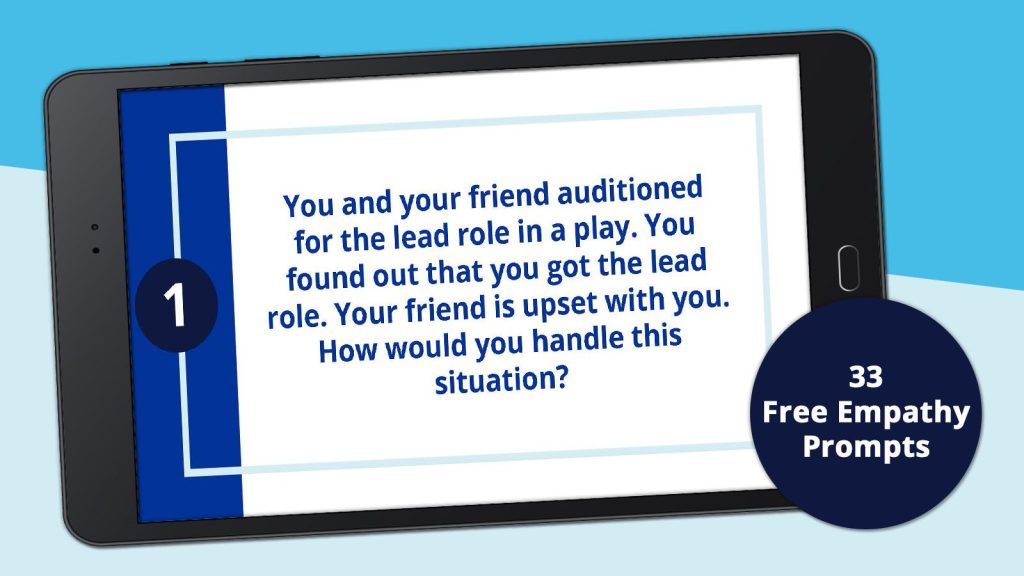Introduction:
The importance of Social and Emotional Learning (SEL) in the educational environment has been widely recognized by educators worldwide. Developing students’ emotional intelligence and promoting a sense of community in the classroom is vital to their overall growth. To support teachers in this endeavor, we are excited to announce an amazing opportunity to win a cozy collection of SEL books for your classroom library!
Why you need SEL Books in your classroom:
SEL books are crucial for developing self-awareness, self-management, social awareness, relationship skills, and responsible decision-making among students. These books often feature relatable stories, colorful illustrations, and engaging content that helps children understand complex emotions and develop empathy towards others. A well-rounded collection of SEL books complements your curriculum and aids in fostering a positive learning environment.
How to enter the contest:
It’s easy to participate! Here’s what you need to do:
1. Visit our contest webpage (insert link) and fill out the registration form with your contact information, school name, and grade level.
2. Share with us your most innovative method(s) of incorporating SEL into your classroom routine or teaching methods.
3. Additionally, provide a brief description of how you plan to use the cozy collection of SEL books in your classroom library.
Contest rules and eligibility:
– The contest is open to all educators teaching preschool through 8th grade.
– Entries must be submitted before [submission deadline date].
– One entry per teacher; multiple entries shall be disqualified.
– Winners will be chosen based on the creativity and practicality of their SEL incorporation methods.
– Three winners will be selected, each receiving a cozy collection of 20 hand-picked SEL books for their classroom library.
Announcing winners:
The lucky winners will be notified via email by [winner announcement date]. The names of the winners will also be announced on our website (insert link) and our social media channels.
Don’t miss this incredible opportunity to enhance your classroom library with an inspiring collection of SEL books. Participate in the contest now and contribute to the emotional wellbeing of your students!











